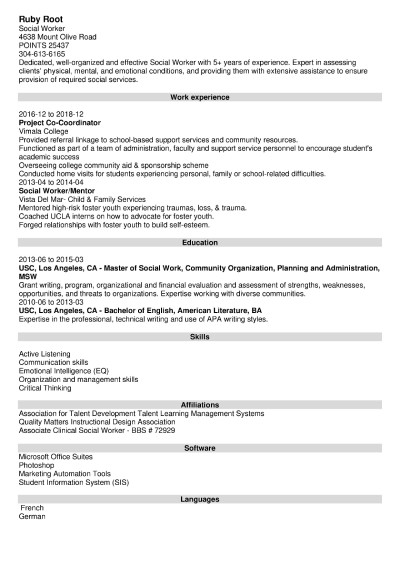
It builds deep trust between you and the speaker. There are many benefits to active listening. Good listeners offer suggestions that are positively received and open up the conversation to alternate points of view. Additionally, sharing feedback equally in both directions yields a more cooperative conversation. It’s important to provide a safe environment where differences can be discussed openly and honestly. Good listeners offer a positive environment in order to build the speaker’s self-esteem. Great conversations are a two-way street so it’s best if it’s active vs. Asking insightful questions positions yourself as more engaged in the conversation. It’s okay to ask clarifying questions to ensure that you understand what’s being said. There are some key skills that characterize people as strong listeners. Summative feedback is given at the end of a conversation and can include verbal and nonverbal behaviors. This can include focused attention, note-taking, and head nodding. Formative feedback is naturally integrated into a conversation with behaviors that indicate that you’re understanding the speaker’s message. There are two types of feedback–formative and summative. The responding stage is often referred to as feedback. Opinions and evaluations can vary by the listener due to perspectives gained from diverse backgrounds and life experiences. EvaluatingĮvaluating is the process of judging the value of a message. You can apply the sender’s message in ways that are meaningful to you in order to improve your memory of messages received. Depending on the complexity of the message, some may be harder to understand and remember than others. Not remembering what the message was is the first sign of ineffective listening. In this stage, it’s important to differentiate our own perceptions and experiences from that of the speaker. Sometimes, the speaker may not enunciate their words or we attach our own meaning to the message. In the understanding stage, the focus is on the meaning of the message which isn’t always linear. It’s important to isolate all outside distractions to ensure that there’s no confusion in hearing the message. In the receiving stage, the focus is what the speaker is saying. There are five stages of active listening: Receiving

How well we communicate often determines how successful we are as leaders in our careers. It’s important to foster a safe environment for the speaker to talk but add appropriate commentary when needed.Īt Specialt圜are, we’re consistently communicating with our associates, peers, leaders, and hospital staff.

Many people think that they’re good listeners but active listening requires a conscious effort to hear and understand the total message that’s being sent–this includes verbal and nonverbal cues.Īctive listening conveys respect to the speaker and allows you to get more out of each conversation. Active listening is a powerful tool in business communication.

A common misconception is that communication is only talking but the second part of that equation is active listening.


 0 kommentar(er)
0 kommentar(er)
